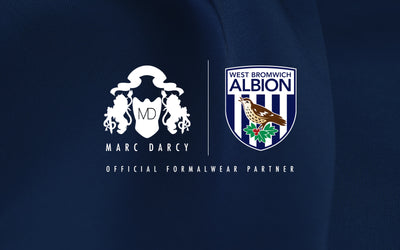MD News ·
7 Facts About Tweed
What is there not to love about tweed? For a start it's functional, hardwearing and looks the bomb! We know you're fully aware of how good it looks but allow us to give you more reasons to love it, as we bring you some interesting facts about the quintessentially British fabric which has successfully stood the test of time.

-
The functionality of tweed is simply incomparable to other formalwear fabrics. Born in Scotland, tweed was designed with farmers in mind and therefore possesses insulating and wind-resisting properties to fight the challenging highland conditions.
- You'll know by now that tweed is made from wool but did you know it can also be made using silk? Not two things you would usually pair together but believe it or not, silk tweed does exist! This lesser known type of tweed is commonly used for fair weather clothing, for those sartorialists who won't allow their style to suffer when the temperature rises.
- According to old age myth, the term 'tweed' came from a spelling error made on an invoice which was supposed to read 'tweel' (twill in Scottish lingo) and the name stuck from there. Whether you believe in this one or not, I think most can agree if definitely rolls off the tongue a bit better!
- For all the tweed lovers out there, there are actually events such as the 'Tweed Ride' in Glasgow and the 'Tweed Run' in London where you can don your best threads and cycle around the city with a whole host of like minded enthusiasts. A dapper day out for all!
- Tweed has been present in fashion for around 170 years (and counting) and it is not unusual for the styles of the 1850s to be revamped and sported on the catwalks of today by the likes of Vivienne Westwood, Chanel and Ralph Lauren. It has and continues to be a style statement which never goes out of fashion due to its traditional heritage look. So if you wear tweed, consider yourself a fashionable and style conscious gent!
- Newsflash! Tweed is not only used for clothing, it has been known to come in handy for musical instruments, mainly pianos. The fabric acts as a protective barrier for the internal mechanism of the instrument. Unlikely but true! So for those tweed wearing pianists out there, this is one to note!
- Back in the day, there were different types of tweed which signified which estate a person would belong to. A location based way of differentiating themselves and so others could instantly recognise where they came from. There was also Clan Tartan which identified members of the same family. This serves as a reminder to wear your tweed with pride!







